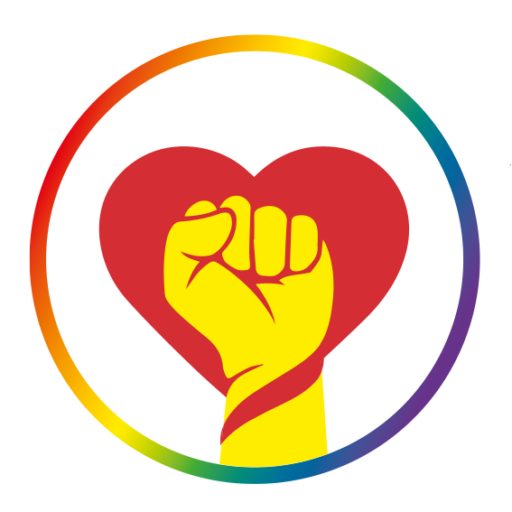Why Guess When There’s Social Science ?
A problem is that campaigners themselves often try to draw conclusions as to the reasons behind a given situation.
Watch the Nat Kendall Taylor TedX talk
In his TedX speech, Nath Kendall Taylor of the Frameworks Institute draws from an example of a campaign to raise support for programs helping people fight addiction problems in Alberta, Canada. The bulk of the communication of this campaign focused on the values of empathy and compassion, based on the assumptions of the organisation working on the matter. Yet the organisation noted that there was consistently very little support for this issue and called in communication experts.
These ’experts’ tested the “compassion” frame against two different frames on a representative sample of 6000 people: the value of interdependence (which draws on the notion that we are all connected, that what helps one of us helps all the others too) and the value of ingenuity (calling on the pride of Albertans in their capacity to deal with any problem, their ability to face difficult challenges).
The results were surprising, as the two alternative frames actually drove increased support for the issue, while the compassion frame actually generated resistance to the issue. In other words, the frame used so far by the campaign was counter-productive.
Only research was able to unravel this.

By 2009 the marriage movement had lost every one of 30 statewide ballot campaigns designed to ban same-sex couples from marrying. Opponents of the freedom to marry taunted advocates saying that we could never win a vote of the people. We knew that before marriage went on the ballot again, we had some serious challenges to address – our messaging, chief among them.
The marriage movement’s messaging challenges were clear. While we hit majority support nationwide by 2010, there were still many conflicted people whose support was shaky at best. We were not making the case to “conflicted” voters in a persuasive way, and they were crucial to winning at the ballot box.
At that point our movement had relied almost extensively on an informational approach that highlighted the 1,138 “rights and benefits” denied to gay couples, appealing to a sense of fairness and justice.
By contrast, our opposition’s ads featured warm footage of a heterosexual couple with their toddler; another ad showed a grandmother pulling her wedding dress out of a trunk in the attic, to share with her granddaughter.
In January 2010, Freedom to Marry charted a path to confront and solve the movement’s messaging challenges.
Through intensive message testing, Freedom to Marry uncovered a key disconnect between the marriage movement’s message and what resonated with voters.
In perhaps our biggest “A ha!” moment, we learned that many voters thought that gay couples wanted to marry to gain rights and benefits (which is actually what we’d been telling them) – but that voters saw this as a very different motivation from why they themselves would get married, i.e. for love and commitment.
In partnership with Basic Rights Oregon, we worked on a new ad called Love and Marriage, featuring four long-term couples, two straight and two gay, talking about why marriage mattered to them. It resonated well with those who were “conflicted” on marriage (below).
Through further research, we learned that these conflicted voters responded to the invocation of shared values: some responded to the Golden Rule, others to the value of freedom. Our challenge as advocates was to model the journey from unsure to accepting for voters who were truly conflicted.
We worked alongside Basic Rights Oregon to create and test an ad called “Neighbors,” featuring a real couple in this exchange:
https://youtu.be/ren-h5ofHWo
Read the full story http://www.freedomtomarry.org/pages/Messaging-Messengers-and-Public-Support
If you want to go further watch this short TV report on the story by the inspiring Thalia Zepatos, director of research & messaging: http://fivethirtyeight.com/features/how-data-helped-win-the-battle-over-same-sex-marriage/
[/ultimate_modal][dt-space height=”20″]
Values within the YES Equality Campaign
[dt-space height=”40″]Watch this Video of Grainne Healy, one of the leaders of Ireland’s 2015 YES Equality campaign.
